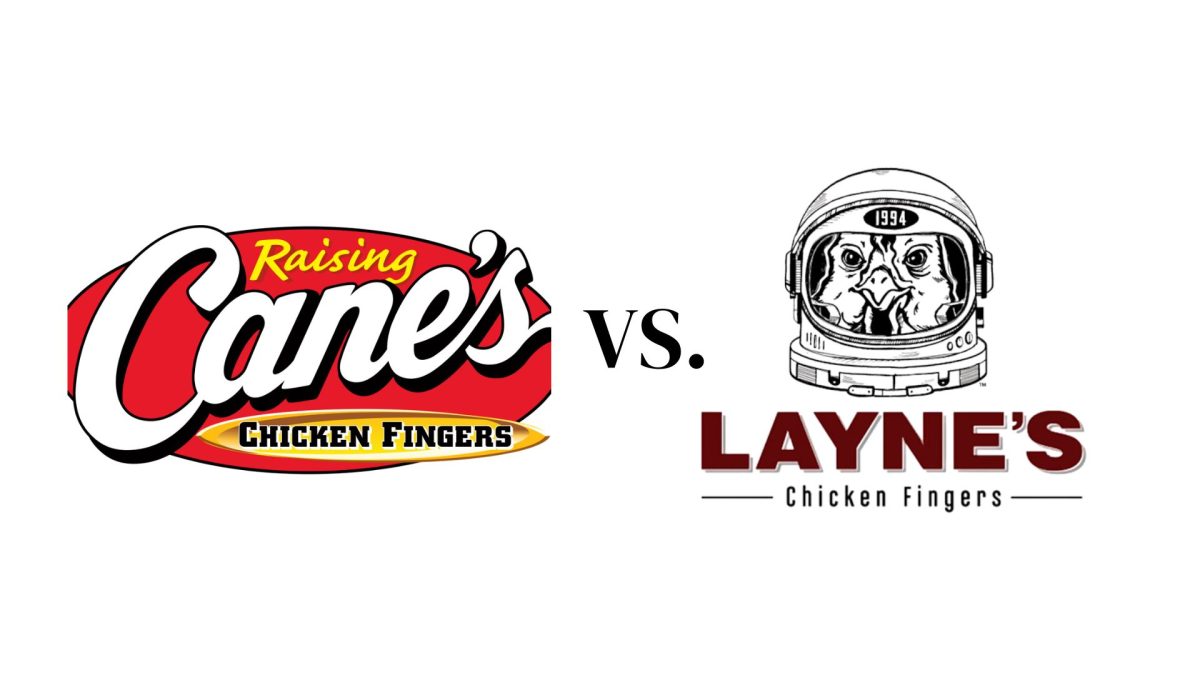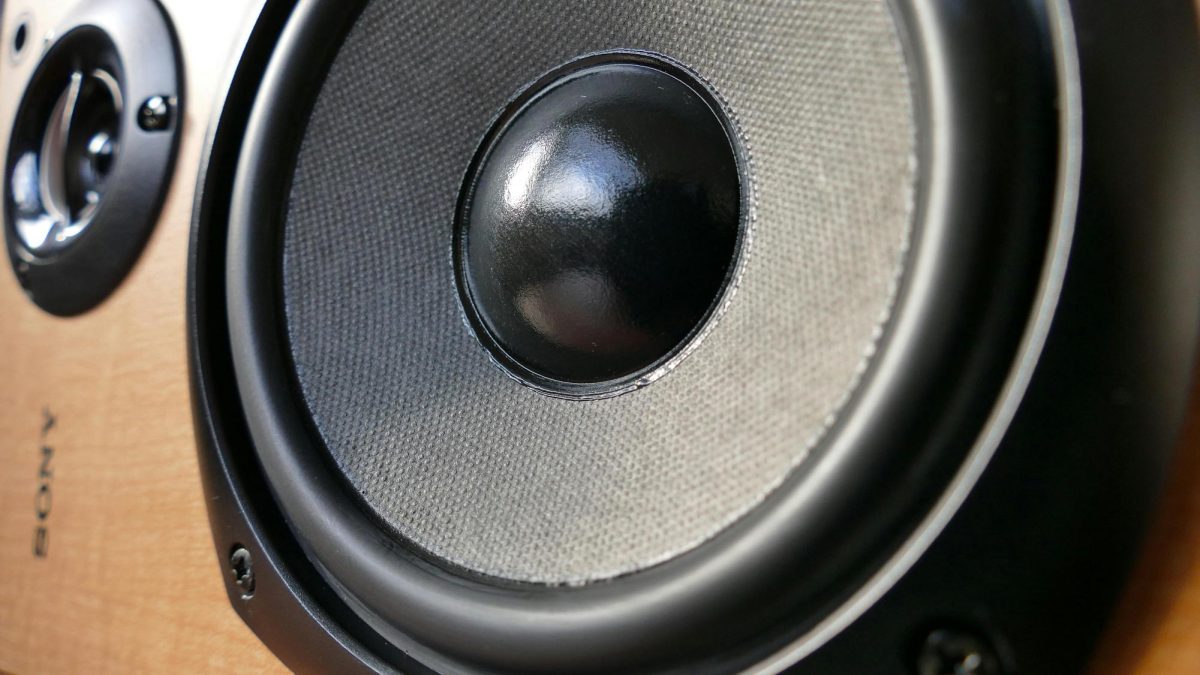What Are Your A’s Really Worth?
Grade Inflation is lessening the value of grades
March 27, 2017
The phrase “work smarter, not harder” might be taken too seriously by the generation of students today. When teachers grade tests with a curve, they aren’t just raising your grade, they might also be influencing all the grades you receive.
When enrolling in new electives and core classes, many can tell you how they think their grade will be. “Easy A” classes are becoming more and more common as the expectations of many high school students have become getting A’s without having to put in the work that comes along with earning them. Motivated by the constant reminders from teachers, parents, classmates, and coaches that colleges are going to be looking at your GPA, students have admitted to taking easier classes with hopes of boosting their grade point average in order to look better on their transcripts.
Whether or not it’s becoming too easy to get A’s is a question many are attempting to find an answer to. As it has become increasingly difficult to get into college, the bar has been raised to accommodate the influx of high grades and GPAs above a solid 4.0 average. The effects of grade inflation are making it more challenging for excelling academic students to stand out from the waves of other students earning the grades that will give them a jump on other students applying to their dream schools.
Students aren’t the only people at fault when it comes to lessening the value of an A. Some teachers have begun to give out excelling grades in order to make their school, or themselves, look better, on paper or otherwise. Teachers have started to change their teaching strategies and styles due to their being judged based on the grades students earn in their classes and the average passing rate of their students on standardized tests set by the state, such as SOLs or the Advanced Placement tests. The pressure placed on teachers to have their students pass a class is greatly impacting the grading system in that feel some teachers feel they must give opportunities for extra credit to push their students with borderline grades over the edge.
In an attempt to realign the grading system, colleges throughout the country are adopting the bell curve grading system. In this system, all students are graded on a curve and within that curve the top percentile will pass and those in the lower percentile fail. Although rare in at the high-school and secondary school levels, the bell curve system is used frequently in higher level education. English teacher Heather Tuthill is not a fan of the bell curve at the high school level.
“I don’t think that you can use the bell curve system in high school because people aren’t choosing to take certain classes,” Tuthill said. “For example, everyone has to take English so it’s not fair that some people have to fail. I do, however, think that maybe for AP or honors students who are choosing the higher level courses, that a bell curve would work.”
Between teachers giving “free” grades to push their students over the edge and the raising of students’ expectations, whether it be due to the grade point average needed for the colleges students are hoping to attend, have caused a dramatic decrease in the value of an A. Fixes to the problem of grade inflation have few probable and easily implemented solutions at the high school level where not all classes are elective and some are instead mandatory.






















